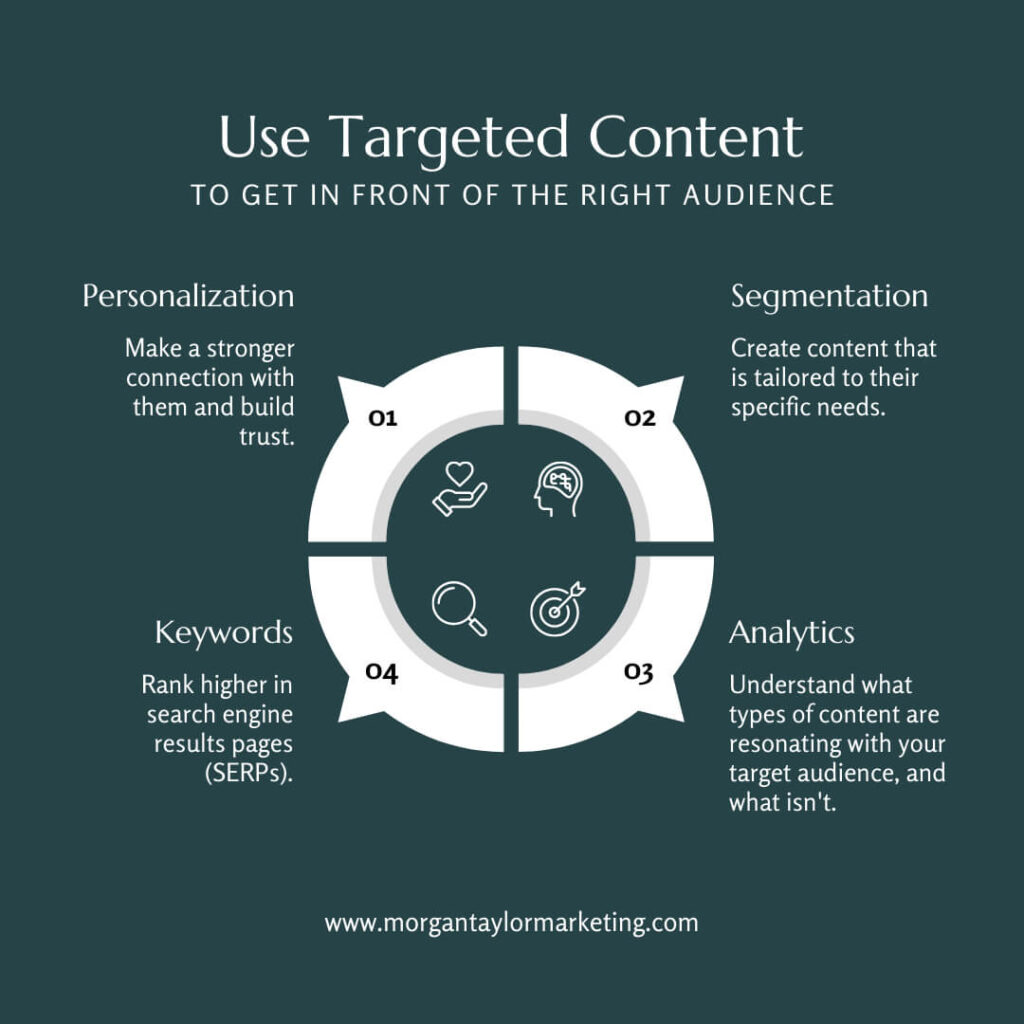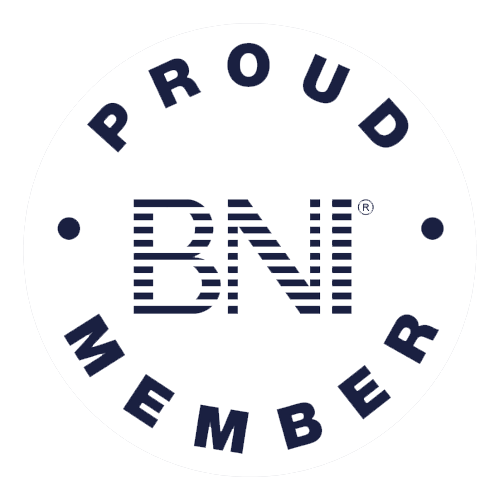Grab the attention of your website visitors and turn them into paying customers using a compelling call-to-action sales strategy!
Effective call-to-action (CTA) strategies have become a crucial element in driving sales and maximizing conversion rates. A well-crafted call-to-action has the power to influence customer behavior, guiding them towards making a purchase or taking a desired action.
Let’s delve into the realm of CTAs and explore the various strategies that can help you drive more sales and conversions on your website!
What is a Call To Action (CTA)?

The purpose of a call-to-action (CTA) is to encourage and direct people toward taking a certain action. It serves as a clear directive, urging visitors to take the desired steps that align with your business objectives. Whether it’s making a purchase, signing up for a newsletter, downloading a resource, or requesting a quote, the CTA acts as the bridge between your marketing message and the intended conversion.
The essence of a CTA lies in its ability to cut through the noise and capture the attention of your audience. It provides a concise and compelling statement that communicates the value proposition and encourages users to take immediate action. Strategically placing CTAs throughout your website, emails, advertisements, and other marketing materials can drive engagement, boost conversions, and ultimately, increase sales.
What Does A Call To Action Serve?
The primary purpose of a CTA is to guide visitors toward the next step in their customer journey. It acts as a signpost, directing users toward the path you want them to follow. A well-crafted CTA not only grabs attention but also instills a sense of urgency, creating a desire to act promptly.
Effective CTAs are concise, specific, and action-oriented. They use persuasive language and compelling visuals to capture interest and entice users to click. Furthermore, CTAs can be enhanced by incorporating elements of urgency, scarcity, and personalization. With that, by leveraging psychological triggers and understanding the motivations of your target audience, you can craft CTAs that resonate and drive conversions.
How To Craft Irresistible CTA’s?

To create CTAs that truly resonate with your audience, it is essential to employ techniques that grab their attention and compel them to act. Start by crafting compelling headlines that pique curiosity and generate interest.
- Use persuasive language and action verbs to create a sense of urgency and encourage immediate action.
- Incorporating words like “now,” “limited time,” or “exclusive offer” can tap into the psychological principle of scarcity and instill a Fear Of Missing Out (FOMO).
Designing visually appealing CTAs is equally important. Experiment with colors, fonts, and button shapes to create a visually striking element that stands out from the rest of the page. Incorporating contrasting colors and placing the CTA in a prominent location will draw the viewer’s eye and increase the chances of engagement.
Placing CTAs Strategically on Your Website
Identifying high-conversion areas on your website is key to optimizing your CTAs’ visibility and effectiveness. Analyze your website’s analytics to determine which pages or sections receive the most traffic and engagement. These high-traffic areas, such as the homepage, product pages, or blog posts, present prime real estate for placing your CTAs.
In addition to static CTAs, consider utilizing pop-ups, sticky bars, and exit-intent CTAs. Pop-ups can grab attention by appearing at the right moment, while sticky bars remain fixed at the top or bottom of the screen, providing a persistent reminder. Exit-intent CTAs detect when a user is about to leave your website and display a compelling offer, enticing them to stay or take action before leaving.
Personalizing CTAs for Targeted Audiences
Personalization is a key aspect of effective website marketing, and CTAs are no exception. Understanding the importance of segmentation and targeting allows you to tailor your CTAs to specific audience segments. Consider factors such as visitor demographics, behavior, and preferences when designing personalized CTAs.
Implementing dynamic and adaptive CTAs takes personalization a step further. By dynamically optimizing the content of your CTAs based on user data, you can create a customized experience for each visitor. For example, showing a different CTA to a first-time visitor compared to a returning customer can provide a more relevant and engaging experience.
A/B Testing Your CTAs
A/B testing, also known as split testing, is a crucial practice for optimizing your CTAs. Testing different variations of CTAs helps you gather data on their performance and identify the most effective ones.
Start by defining key performance indicators (KPIs) that align with your marketing goals, such as click-through rates, conversion rates, or bounce rates. Then, create multiple versions of your CTAs with different designs, headlines, or offers, and test them simultaneously. Analyze the data and make data-driven decisions to refine and improve your CTAs continually.
Leveraging Social Proof in CTAs

Humans are social beings who are often influenced by the actions and opinions of others. Incorporating social proof elements in your CTAs can significantly impact customer behavior. Displaying customer testimonials, reviews, and ratings can build trust and credibility, showcasing the positive experiences of others. Additionally, highlighting your social media follower counts and endorsements from influencers or industry experts can further validate your brand and compel visitors to take action.
Showcasing case studies and success stories is another effective way to leverage social proof. By sharing real-life examples of how your product or service has helped customers achieve their goals or solve their problems, you can create a sense of trust and demonstrate your expertise.
Harnessing the Power of Multimedia in CTAs
Multimedia elements, such as videos, graphics, and interactive content, can enhance the effectiveness of your CTAs. Videos are a powerful tool for engaging and persuading visitors. Create videos that demonstrate the benefits of your product or service, showcase customer testimonials, or provide educational content that aligns with your target audience’s interests.
In addition to videos, creating visually appealing graphics and images for your CTAs can attract attention and convey information in a concise and visually appealing manner. Infographics, charts, or illustrations can be used to present key statistics, comparisons, or step-by-step guides.
Integrating interactive elements into your CTAs can also be highly effective. Consider adding quizzes, calculators, or surveys that provide value to the user while simultaneously collecting valuable data for your marketing efforts. Interactive elements foster engagement and can help guide visitors toward the desired action.
Optimizing CTAs for Mobile Devices
With the increasing prevalence of mobile devices, optimizing your CTAs for mobile responsiveness is vital. Mobile users have different browsing behaviors and constraints compared to desktop users. It is crucial to ensure that your CTAs are designed with mobile users in mind.
Create thumb-friendly buttons and forms that are easy to tap on smaller screens. Simplify the checkout process for mobile users by minimizing the number of form fields and streamlining the payment process. A seamless mobile experience will reduce friction and increase the likelihood of conversions.
See Related Blog Post: Boost Your Lead Conversion with Responsive Web Design
Analyzing and Measuring CTA Performance

Tracking the performance of your CTAs is essential for evaluating their effectiveness and making data-driven decisions. By monitoring CTA clicks, conversions, and bounce rates, you can gain valuable insights into user behavior and identify areas for improvement.
Utilize analytics tools, such as Google Analytics or heat mapping software, to track and analyze CTA performance. These tools provide data on user interactions, click-through rates, and conversion rates, enabling you to make informed decisions regarding CTA placement, design, and messaging.
Integrating CTAs with Email Marketing
Email marketing is a powerful tool for nurturing leads and driving conversions. Designing attention-grabbing CTAs within your email campaigns is crucial for driving click-through rates and encouraging recipients to take action. Use compelling visuals, persuasive language, and clear directives to prompt engagement.
Personalization is key when integrating CTAs with email marketing. Tailor your CTAs based on recipient preferences, past interactions, or demographic data. By delivering targeted and relevant offers, you can significantly increase the chances of conversion.
Track and analyze email CTA performance by monitoring open rates, click-through rates, and conversion rates. Use this data to refine your email campaigns and continually optimize your CTAs.
Compelling call-to-action strategies are instrumental in driving sales and conversions on your website. By understanding the fundamental principles of CTAs and implementing the strategies outlined above, you can create impactful CTAs that capture your audience’s attention and motivate them to take action. Remember to continuously analyze and optimize your CTAs, leveraging psychology, personalization, and social proof to drive sales.








